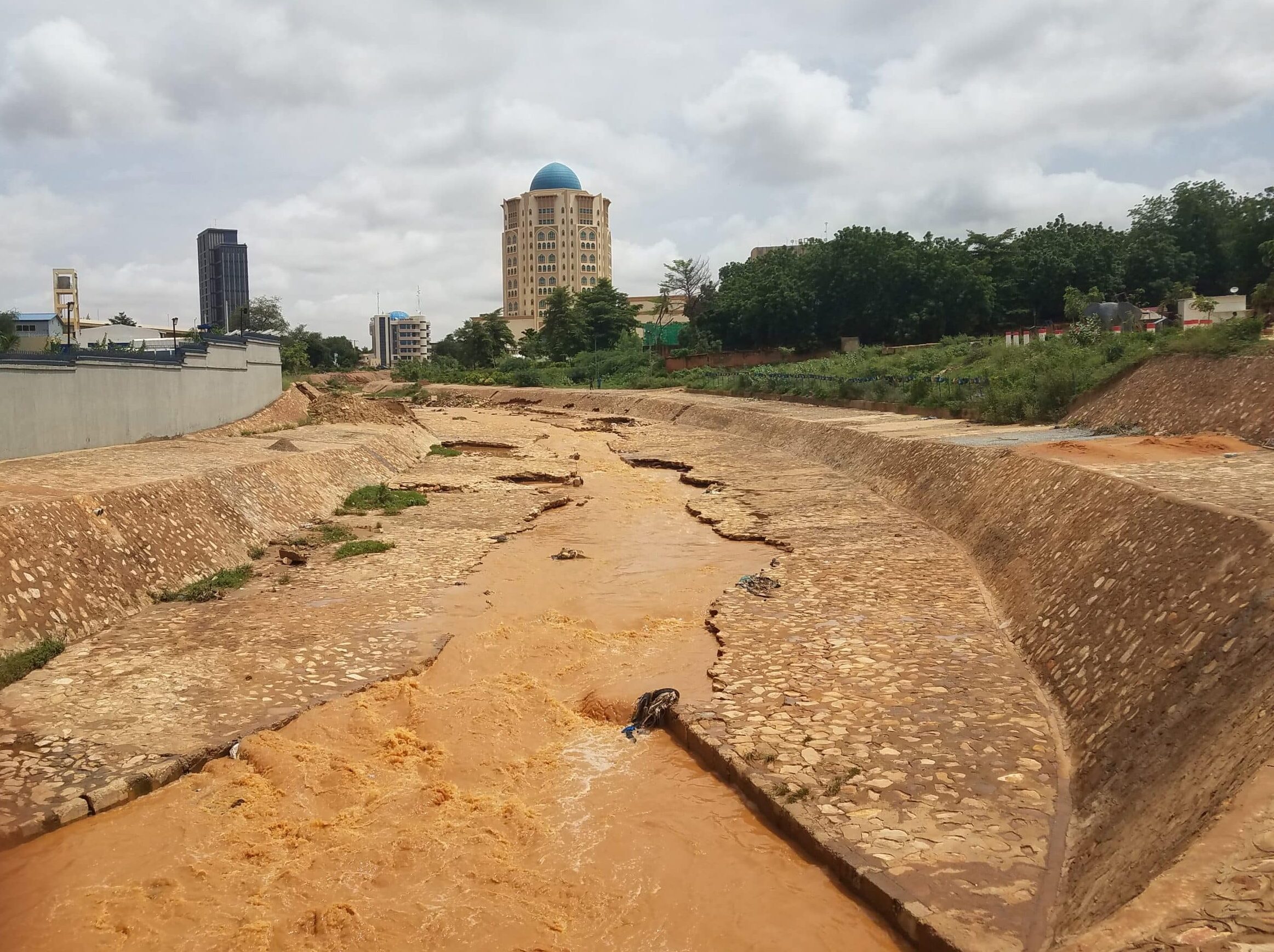Addressing complex climate and water risks across growing cities
Urban areas across Niger face increasing exposure to climate-related hazards, particularly flooding and drought. Rapid population growth, informal development, and water resource pressures have intensified the challenge. Ten urban locations – Agadez, Diffa, Gaya, Guidan Roumdji, Maradi, Niamey, Tahoua, Tchirozerine, Tessaoua and Tibiri – were identified as priority locations for targeted investment. To support resilience planning, the World Bank commissioned the development of risk-informed strategies that accounted for the combined risks from flooding, drought and water resource constraints.
We were commissioned to deliver the technical analysis underpinning these strategies, in collaboration with Sayers and Partners, Landell Mills and local partners. The work supported the Government of Niger in identifying and prioritising feasible, cost-effective interventions across a range of hazard contexts and urban settings.

